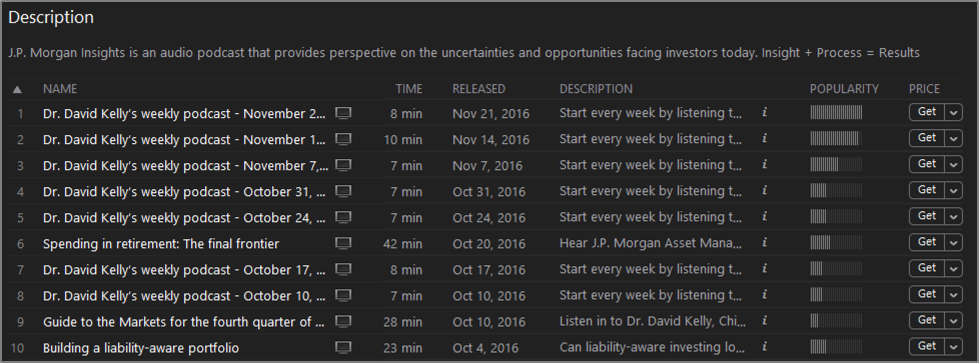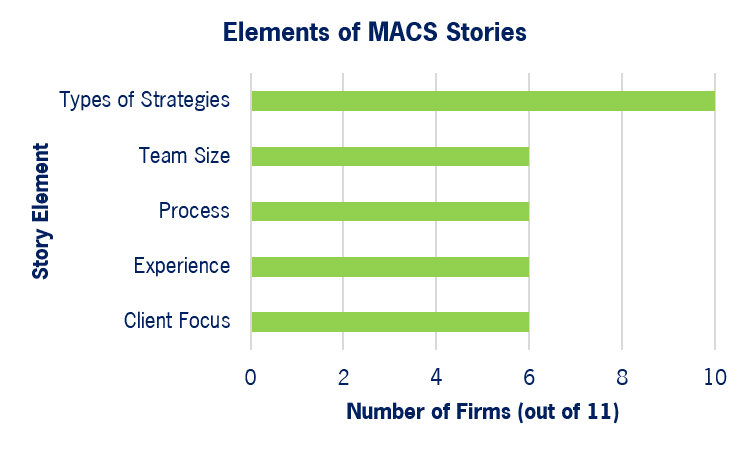Industry Viewpoints: Creating an Effective Blog
Last month I was fortunate to present thoughts and ideas on industry blogs to 20+ marketers at a break-out session of PAICR‘s annual meeting. Obviously, writing the “Best Blogs of the Week” column for five years informed my point of view. And so much has changed in these five years. Two quick examples of change; first, when I started there were 6 asset managers with blogs; now there are over 40. Second, five years ago most blog posts were authored by “admin” with no graphs, charts, or tables; now that would be unconscionable.
The hour-long session was interactive and engaging. I appreciated the high volume of questions and even some attendees offering answers. Here are three notable takeaways, from the attendees.
- “Blogs are not serious.” – This is a message one CEO said to his marketing team (yes, in 2016). Some firms will need generational change at the top echelons of management for this attitude to change. Apparently showcasing BlackRock, Vanguard, and SSgA as firms maintaining vigorous blogs isn’t sufficient anecdotal evidence.
- “Our blog is our content engine.” – This came from a firm with a high-volume blog in reference to their content syndication program. The Marketer made reference to the blog as central to all social and e-mail campaign efforts.
- “Three years in; we still don’t feel efficient [in creating posts].” – This message had over half the room nodding heads. Some firms leverage outsourced writers while others have in-house staff partnered with investment professionals. In both cases (and situations in-between) there’s a sense that too much time and effort goes into each post.
So while the industry has grown to use blogs in unbelievable (to five years ago) ways, I believe we’ll see more firms introduce blogs and currently blogging firms try to become more efficient.












 Transmitter –
Transmitter –  Folksbier –
Folksbier –  Brasserie Dupont / Lost Abbey –
Brasserie Dupont / Lost Abbey – 
